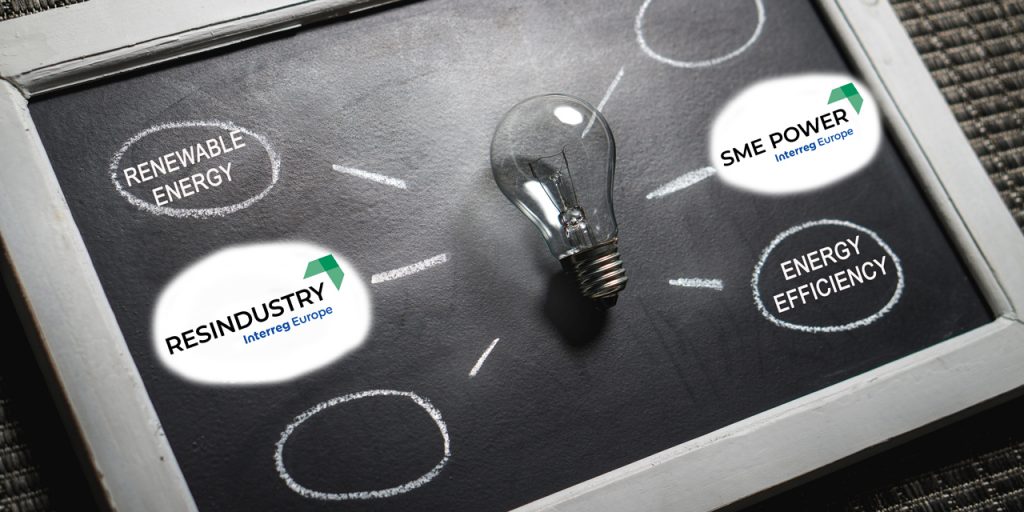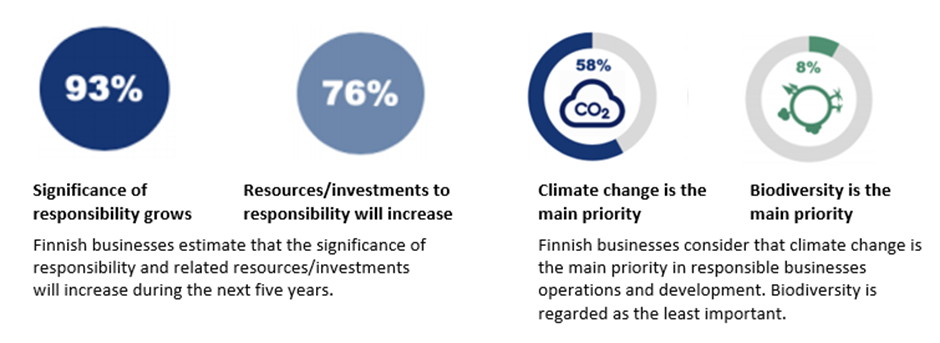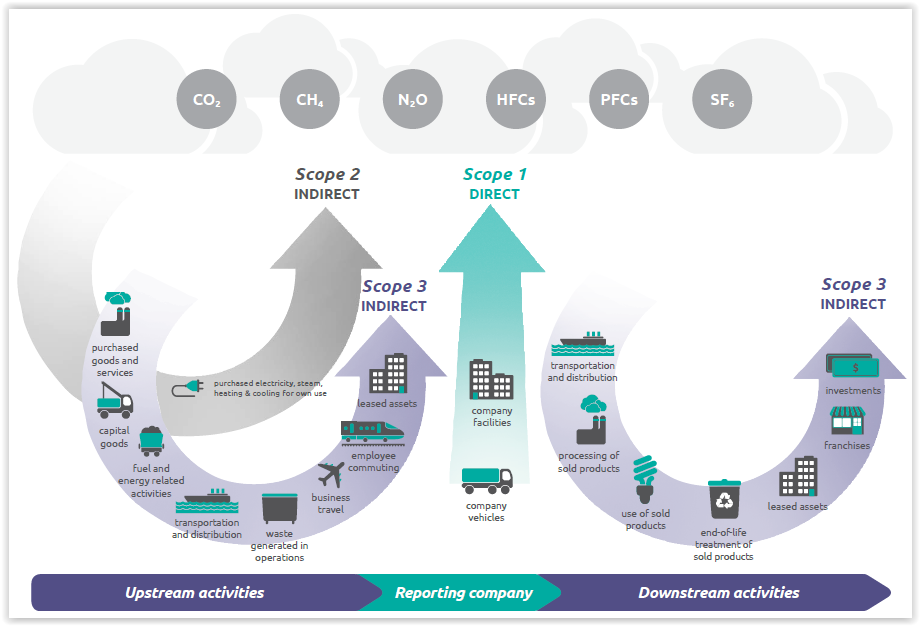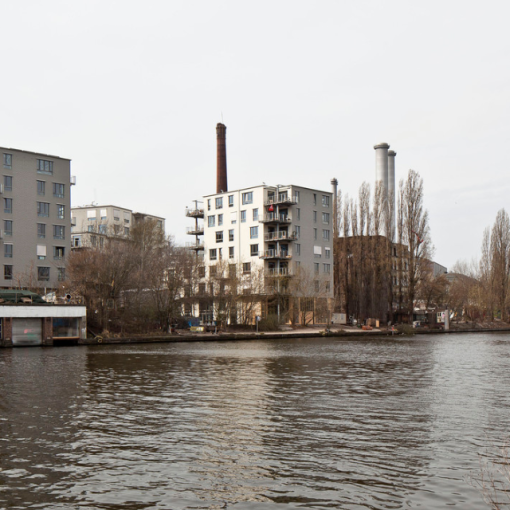Low carbon future is the joint focus of two Interreg Europe projects, SME POWER – SMEs Powering a Low Carbon Future and RESINDUSTRY – Policies for Renewable Energy Sources in Industry, which organised on 16th of June a webinar on New Growth from Energy Efficiency and Renewables for the local audience. The event focused on funding possibilities for energy efficiency and renewable energy development, investment projects and the calculation of carbon footprint to support the efforts. In Finland, SME POWER is managed by Heinola City, and RESINDUSTRY by LAB University of Applied Sciences.

Carbon Footprint Calculation for Buildings and Processes
Climate change is a major challenge that makes the shift towards low carbon energy systems crucial for all fields of society and business. In addition to legislative obligations and desired cost savings, value base is an important driver when businesses are thinking about investments to responsibility. Carbon footprint calculation can bring communicative value to customers and provides a tool for own development work of companies.

The Finnish Government has set up a goal of Finland to be carbon neutral by 2035 and carbon-negative soon after that. In accordance with the Government Programme, sectoral low-carbon roadmaps have been drawn up in cooperation with companies and organisations in the relevant sectors. (TEM 2020.)
Currently, construction and real estate account for 40% of total energy use and about 30% of emissions. The energy consumption of the operating phase is significant, although declining due to the new building stock with zero energy construction. This means the reduction margin lies in the building’s renovation and shift to the utilisation of renewable energy sources. (Merta 2020.)
Carbon footprint can be calculated for products, services and organisations. Usually, it refers to footprint during the lifespan, but the term is also used to describe, for example, annual greenhouse gas emissions of organisations. The footprint contains at least fossil greenhouse gas emissions (CO2, CH4 etc.), reported in the form of carbon dioxide equivalents. Calculation of carbon footprint enables to identify and analyse emissions and pinpoint possibilities for their reduction. (Merta 2020.)
What is important when considering carbon footprint calculation?
According to Elina Merta from FCC Finnish Consulting Group, there is no patent solution – each organisation must find its organisation or process-specific solutions. The most important starting point is to map the baseline data and situation, and only after that plan the steps forward. GHG Protocol is the most common method for determining the annual operational emissions of buildings and organisations.

Merta states that businesses and organisations are already quite aware of energy efficiency questions, but there is still much to do in construction processes as well as developing low carbon construction products. The utmost important thing is to tie the carbon footprint calculation to planning processes at early stage, when it is still possible to impact and make a difference.
Authors
Jaana Myllyluoma acts as a Senior Adviser in FCG Finnish Consulting Group and coordinates the SME POWER activities on behalf of Heinola City
Katerina Medkova who works as an RDI specialist at LAB University of Applied Sciences and Project & Communication Manager in the RESINDUSTRY project.
References
Merta, E. 2020. Hiilijalanjäljen laskenta kiinteistöissä ja prosesseissa – kehittämisen hyödyt näkyville! Presentation given at New Growth from Energy Efficiency and Renewables webinar on 16.6.2020. [Cited 23.6.2020]
TEM. 2020. Vähähiiliset tiekartat 2035. [Cited 23 Jun 2020]. Available at: https://tem.fi/tiekartat
Links
Interreg Europe. 2020a. Project Summary. RESINDUSTRY. [Cited 23 Jun 2020]. Available at: https://www.interregeurope.eu/resindustry/
Interreg Europe. 2020b. Project Summary. SME POWER. [Cited 23 Jun 2020]. Available at: https://www.interregeurope.eu/smepower/
Interreg Europe. 2020c. New Growth from Energy Efficiency and Renewables. RESINDUSTRY. [Cited 23 Jun 2020]. Available at: https://www.interregeurope.eu/resindustry/events/event/3543/new-growth-from-energy-efficiency-and-renewables/
Pictures
Picture 1. Pixabay: Clear Light Bulb on Black Surface (2017). Pexels. [Cited 23 Jun 2020]. Available at: https://www.pexels.com/photo/black-and-white-blackboard-business-chalkboard-356043/
Picture 2. FIBS: Yritysvastuu 2019 – Avaintulokset (2019). Modified by Jaana Myllyluoma. [Cited 23 Jun 2020]. Available at: https://www.fibsry.fi/wp-content/uploads/2020/04/Liite-2-FIBS-Yritysvastuututkimus_2019_Tiivistelma.pdf
Picture 3. Greenhouse Gas Protocol: GHG Protocol and big picture of direct and indirect emissions (2016). [Cited 23 Jun 2020]. Available at: https://ghgprotocol.org/blog/you-too-can-master-value-chain-emissions




